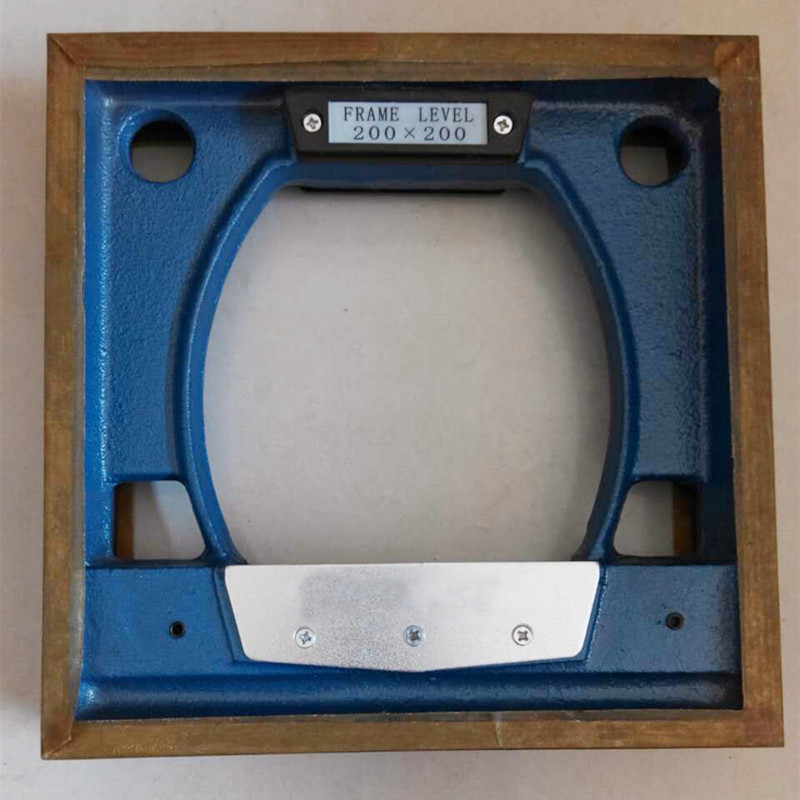Dec . 15, 2024 06:43 Back to list
Exploring the Precision and Applications of Snap Micrometers in Modern Measurement Techniques
Understanding Snap Micrometers Precision Measurement Tools in Engineering and Manufacturing
In today’s fast-paced industrial landscape, precision measurement tools are vital in ensuring the quality and reliability of manufactured products. Among these tools, the snap micrometer stands out as a fundamental instrument used by engineers, machinists, and technicians for measuring small dimensions with high accuracy. This article provides an overview of snap micrometers, their design, operation, applications, and their significance in various industries.
What is a Snap Micrometer?
A snap micrometer is a specialized type of micrometer designed for measuring external dimensions, such as the thickness or diameter of an object. It consists of two main parts a calibrated spindle and a stationary anvil. The spindle is equipped with a precision screw mechanism and a scale, usually graduated in millimeters or inches, which allows users to take accurate measurements. Snap micrometers are available in various ranges and resolutions, making them versatile tools for a wide range of applications.
Design and Features
Snap micrometers are typically made from high-quality materials such as steel or aluminum, ensuring durability and resistance to wear. The instrument’s design includes a frame with a fixed anvil on one side and a movable spindle on the other. Users can rotate the thimble, which turns the screw, moving the spindle closer to or further from the anvil. A built-in ratchet mechanism prevents excessive pressure during measurement, which can lead to inaccurate readings or damage to the materials being measured.
Many snap micrometers also feature a digital display, offering an easy-to-read measurement output. Additionally, some models come with specialized tips, allowing for the measurement of various object surfaces without causing damage. This flexibility makes snap micrometers an invaluable tool in both manufacturing environments and laboratories.
How to Use a Snap Micrometer
Using a snap micrometer effectively involves a few straightforward steps
1. Calibration Before taking measurements, it is essential to ensure the micrometer is calibrated. This is often done using a gauge block of known dimensions.
snap micrometer

2. Positioning Place the object to be measured between the anvil and the spindle. Ensure that the object is positioned correctly to achieve an accurate reading.
3. Measurement Gently rotate the thimble until the spindle touches the object. It is crucial to use the ratchet mechanism if available, as this prevents excessive force from affecting the measurement.
4. Reading the Measurement Once the spindle makes contact, read the measurement on the scale. If using a digital micrometer, simply note the displayed value.
5. Documentation Record the measurement for future reference or quality control processes.
Applications in Various Industries
Snap micrometers are widely used across different industries, including automotive, aerospace, manufacturing, and quality assurance. In automotive manufacturing, for instance, snap micrometers measure component dimensions to ensure that parts fit together precisely. In aerospace, where safety and precision are paramount, these tools are critical for verifying that structural components meet stringent specifications.
In research and development laboratories, snap micrometers assist engineers in prototyping and creating new materials, offering the precision needed to analyze minute changes in dimensions. Moreover, educational institutions utilize snap micrometers to teach students about precision measuring techniques and the importance of accuracy in engineering practices.
Conclusion
In summary, snap micrometers are essential tools for anyone involved in the manufacturing or processing of materials. Their design allows for precise and repeatable measurements, contributing significantly to quality control and product development across various industries. As technology advances, the evolution of snap micrometers continues to enhance their functionality, ensuring that engineers and technicians can rely on them for accurate measurements now and in the future. Understanding and utilizing these tools effectively is crucial for maintaining the standards of quality and precision that are vital in today’s competitive manufacturing environment.
-
Y Type Strainer Maintains System Efficiency Long TermNewsJul.15,2025
-
Valve Selection Guide for Industrial ApplicationsNewsJul.15,2025
-
Steel Fab Table Provides Durable Work Surface for WeldingNewsJul.15,2025
-
Pad Iron Provides Stable Support for Heavy MachineryNewsJul.15,2025
-
One Inch Check Valve Fits Standard Plumbing SystemsNewsJul.15,2025
-
Measuring Micrometer Ensures Precise Dimensional AccuracyNewsJul.15,2025
Related PRODUCTS









